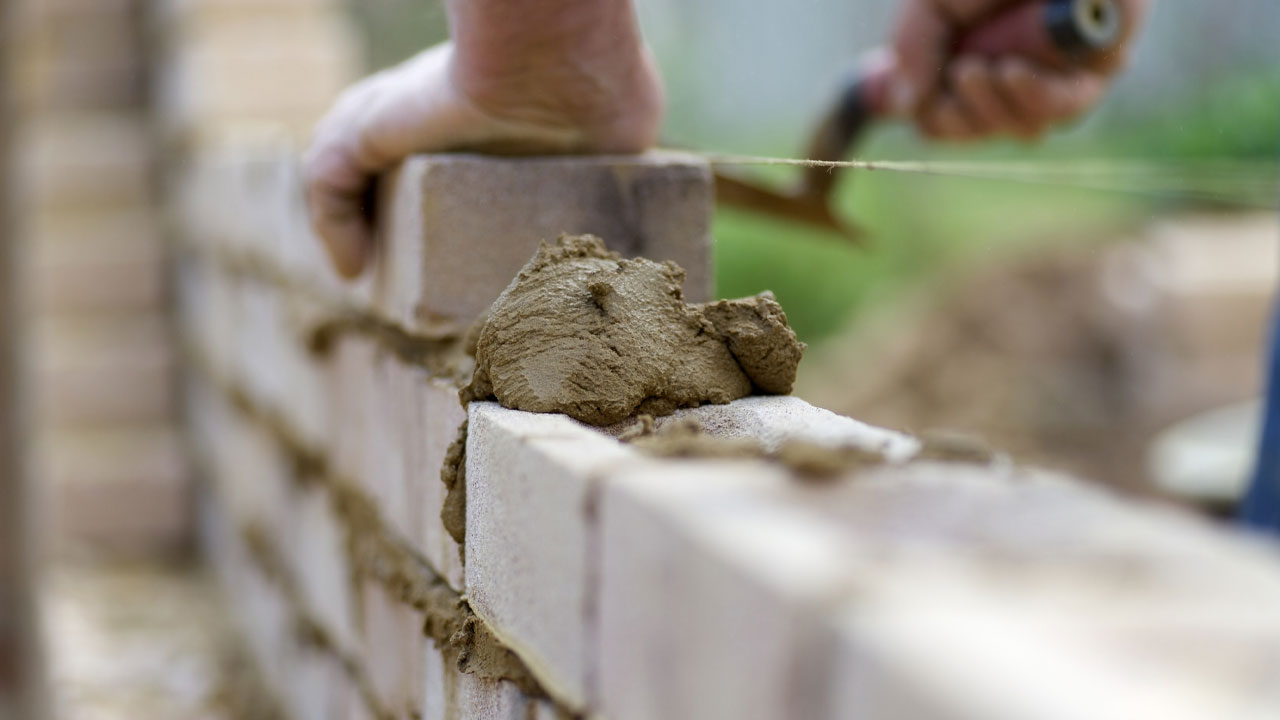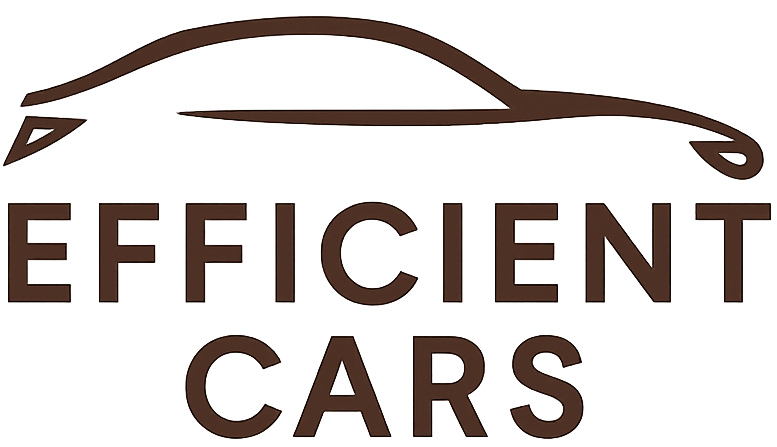
- June 8, 2025
Why Brick Matters for Heritage Properties
Heritage homes offer timeless beauty and craft that modern materials often can’t replicate. Original bricks used in older constructions tell stories—they feature unique shapes, textures, and kiln-firing methods from the past. Maintaining these authentic materials preserves the architectural charm and cultural value of your property. When heritage bricks start to deteriorate, using the wrong replacement materials can clash visually and structurally. Matching old masonry requires diligent research, material sourcing, and historic knowledge. This process safeguards the historic integrity of Vancouver neighbourhoods. It also supports heritage preservation initiatives that protect community character. Quality brickwork ensures these homes remain functional, beautiful, and respected for generations. Choosing expert masonry teams protects both aesthetic and legacy.
Identifying the Right Brick Match
Matching brick types for heritage homes begins with analyzing size, color, texture, and firing characteristics. Old bricks often have rougher faces and irregular edges compared to modern uniform ones. Sites like salvage yards, specialty brick suppliers, or reclaimed-brick dealers are essential for sourcing rare matches. Our team samples original bricks and orders complementary units that complement weathered facades. Sometimes custom kilned or handmade bricks are required to ensure seamless transitions. We also mix mortar colors to achieve a perfect visual continuity across old and new sections. Structural performance must be tested, as older buildings may shift and settle differently. A good match ensures both visual cohesion and structural reliability. We help secure materials from quality suppliers with demonstrated heritage expertise.
Preservation vs. Replacement: What You Need to Know
Preservation always takes precedence over wholesale replacement in heritage restoration—keeping original materials whenever safe. Our first step is to stabilize and conserve existing bricks through cleaning and repointing. Replacement is only considered when bricks are severely damaged or crumbly beyond repair. Even then, bricks are replaced one by one, not in large blocks, to maintain natural patina and façade continuity. This “scattered replacement” method ensures the majority of old brick remains intact. Structural beams and lintels are reinforced carefully, avoiding unnecessary demolition. Preservation work follows conservation principles from organizations like the Standards and Guidelines for the Conservation of Historic Places in Canada. This comprehensive approach respects heritage values and satisfies regulatory requirements.
Techniques for Thoughtful Restoration
Our restoration process begins with grout testing and gentle cleaning to avoid surface damage. Next, we repoint joints using hydraulic and lime-based mortars suited to the breathable nature of old brick. These mortar mixtures move moisture through walls without causing pressure buildup. We rebuild crack-damaged sections with carefully matched replacement bricks. When necessary, structural reinforcement is hidden behind façades so that visual appearance isn’t altered. Corner joints and ledges are redone to prevent water ingress—critical in Vancouver. A breathable sealant is applied to protect surfaces from UV and dampness without locking moisture inside. Restoration is finished with site cleanup and a detailed summary for property managers and owners.
Long-Term Care for Heritage Masonry
Heritage projects require ongoing care after restoration to maintain their beauty. Annual inspections should include visual checks for mortar cracks, shifting, or signs of biological growth. Cleaning should be done with soft-bristle brushes and mild detergents, never high-pressure washing. Monitoring rooflines, flashing, and downspouts ensures water doesn’t flow toward masonry surfaces. Repointing should be repeated every 15–25 years, depending on weather and building age. Address new damage immediately—don’t wait until it spans large areas. Smart landscaping prevents plant damage to foundations or mortar joints. Keep detailed restoration records to guide future contractors and support heritage compliance. With care and monitoring, your heritage brickwork can remain a timeless asset.
